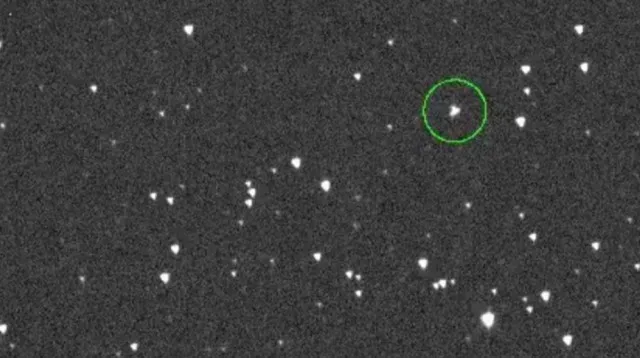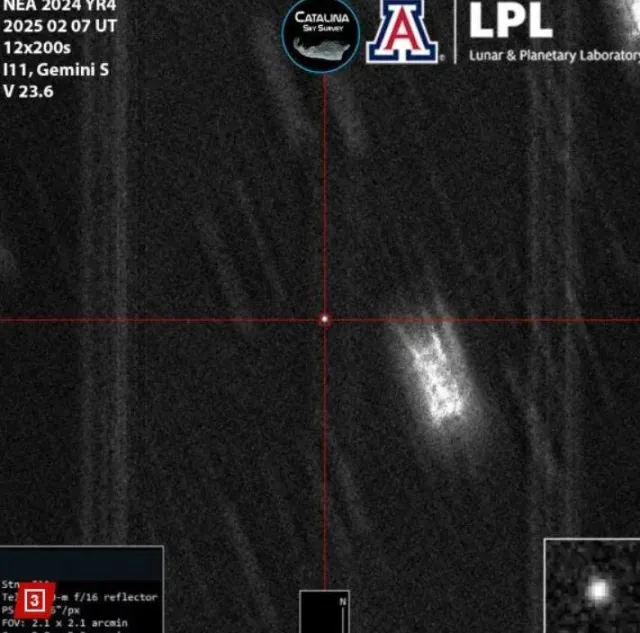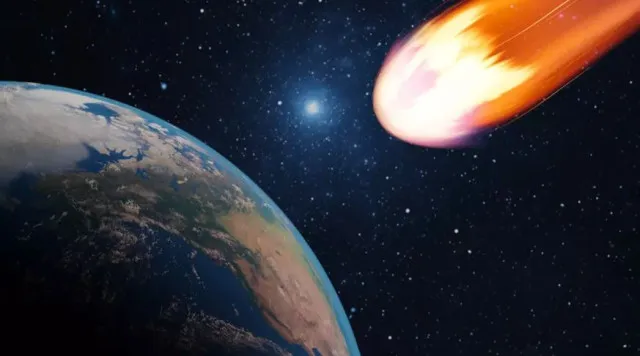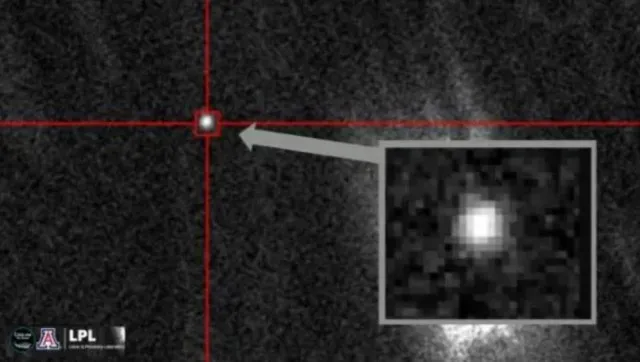The video released by NASA shows new footage of the potentially hazardous asteroid 2024 YR4.
NASA updates risk assessment for asteroid impact in 2032
NASA has released new footage of asteroid 2024 YR4, a massive space rock initially believed to pose a significant threat to Earth.
While, scientists have now revised its impact probability, lowering the risk compared to previous estimates.
Discovery and size of asteroid 2024 YR4

In December 2023, NASA detected asteroid 2024 YR4 orbiting tens of thousands of miles away. Experts identified it as a potential Earth impactor in 2032.
According to report, the asteroid is roughly the size of major landmarks like the Statue of Liberty, Big Ben, or Cinderella’s Castle in Disney World.
If it collides with Earth, the explosion could equal 500 atomic bombs.
High-risk cities identified by scientists
NASA has warned that several highly populated cities could be in the asteroid’s potential impact zone.
These include Bogotá, Abidjan, Lagos, Khartoum, Mumbai, Kolkata, and Dhaka.
While some scientists believe an impact is unlikely, others caution that any attempt to deflect it could worsen the situation.
Additionally, a failed intervention might break the asteroid into smaller, unpredictable fragments.

NASA’s fluctuating risk assessments
NASA has changed its estimates multiple times. Initially, the agency calculated a 1.2% chance of impact.
This figure then increased to 2.3%, 2.6%, and eventually 3.1% by February 18, making it the highest-risk large asteroid ever recorded.
However, fresh observations on February 19 led NASA to revise its estimate.
The impact probability has now dropped to 1.5%, significantly easing concerns.
Observations improve asteroid tracking

A blog post from NASA’s Jet Propulsion Laboratory (JPL) explains that recent visibility improvements allowed scientists to refine their data.
The previous full moon had limited observation, as moonlight made the asteroid too faint to track accurately.
Now, researchers have a clearer understanding of the asteroid’s trajectory. NASA states that every new observation helps improve its predictions.
Despite initial fears, NASA now believes there is a 98.1% chance that asteroid 2024 YR4 will pass safely by Earth. The moon also faces a minimal risk, with an impact probability of just 0.8%.
Experts weigh in on planetary defense strategies
Bryce Bolin, a NASA astronomer, described the asteroid as an “exciting” object of study. Additionally, he emphasized the scientific importance of closely examining small asteroids.

Meanwhile, planetary scientist Dr. Robin George Andrews warns against drastic interventions. He argues that attempting to alter the asteroid’s course could create multiple hazardous fragments.
“Nobody wants to accidentally ‘disrupt’ an asteroid,” Andrews explained. “Turning a cannonball into a shotgun spray could make matters worse.”
He also noted that deflection strategies depend on asteroid size.
If 2024 YR4 is too large, multiple spacecraft would be required for a controlled deflection.
Although asteroid 2024 YR4 remains under observation, the risk of impact has significantly decreased.
While, scientists continue to monitor its path, ensuring accurate predictions for the future.
For now, Earth can breathe a little easier as new data suggests the asteroid is far more likely to miss than to hit.